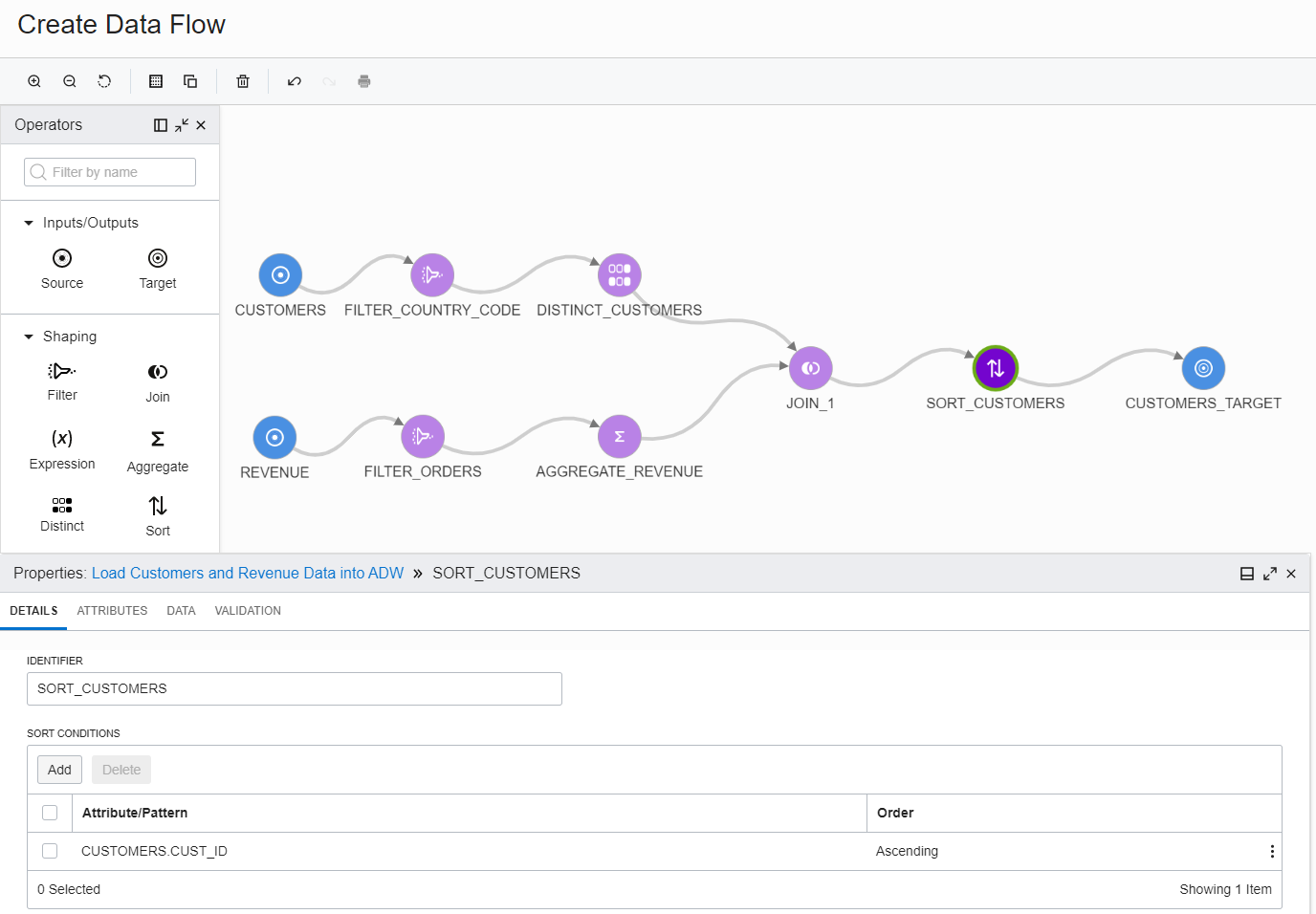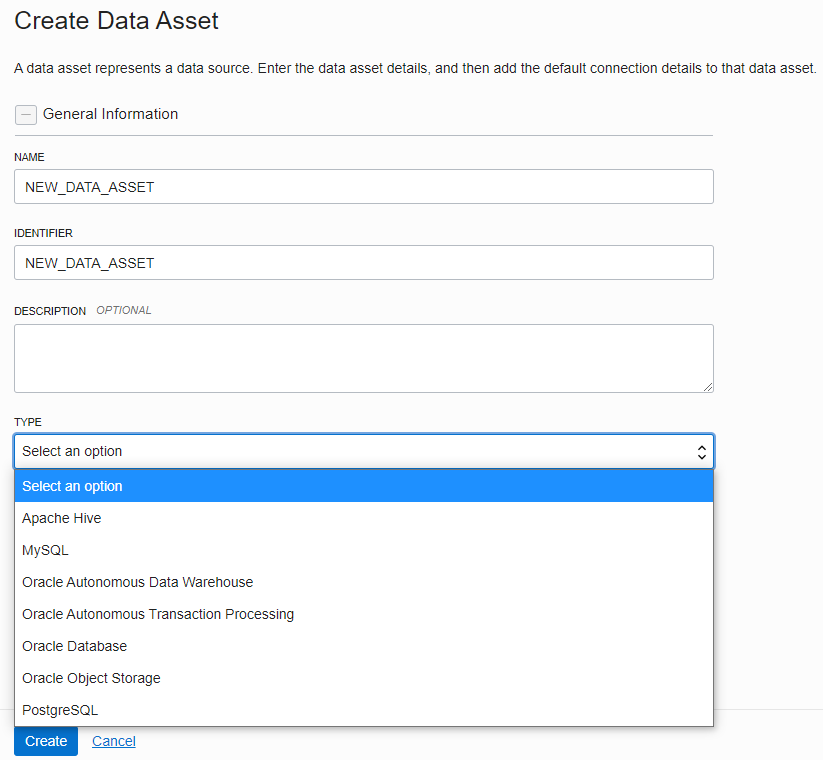We’re excited to announce a new release of Oracle Cloud Infrastructure Data Integration. This release continues to expand on the region availability of the service, its connectivity, and transformation capabilities.
A More Streamlined Integration
As a quick refresher, Oracle Cloud Infrastructure (OCI) Data Integration is a recently launched, cloud native, fully managed serverless extract, transform, and load (ETL) solution. Organizations building data lakes for Data Science on Oracle Cloud, or departments building data lakes and data marts using Autonomous Databases on Oracle Cloud, perceive great business value by using a solution that can help simplify, automate, and accelerate the consolidation of data for use.
Oracle Cloud Infrastructure Data Integration is graphical, providing a no-code designer, interactive data preparation, profiling options, and schema evolution protection, all powered by Spark ETL or E-LT push-down execution. If you’re not familiar with this new service, check out this blog to find out more about What is Oracle Cloud Infrastructure Data Integration?
Oracle Cloud Infrastructure Data Integration is now available in all Oracle Cloud Infrastructure commercial regions.
New Features
Oracle Cloud Infrastructure Data Integration‘s usability is enhanced with more transformations available in data flows, to sort or deduplicate your data along with several new functions to create unique IDs or add conditional logic.

A screenshot showing the Create Data Flow screen with an example Data Flow.
The Data Xplorer now also allows you to search or filter attributes, perform new transformations, and adds more ways to handle schema evolution and drift.

A screenshot of the properties window, showing the Revenue tab for the demo Data Flow.
You can also search within a workspace which is an organizational construct that keeps multiple data integration solutions and their resources (data assets, data flows, tasks, and so on) separate from each other, helping you to stay organized.
The expanded connectivity brings in MySQL and Avro files, stored in Object Storage, as sources or targets, and new sources, such as PostgreSQL, or Apache Hive. Optimizations were also made for Oracle databases (Oracle Exadata, Autonomous Data Warehouse, and Autonomous Transaction Processing). This expansion allows customers to bring together more data! For more information on supported data assets, see the Data Integration documentation. For those of you using Exadata, check out Connecting Exadata DB Systems from Oracle Cloud Infrastructure (OCI) Data Integration.

A screenshot of the Create Data Asset page with the Type drop-down menu expanded.
For integration to other areas of the Oracle Cloud Infrastructure ecosystem, OCI Data Integration now enables you to publish its tasks into Oracle Cloud Infrastructure Data Flow with more control and reusability in the environment.

A screenshot of the Publish to OCI Data Flow screen.
A task is a design-time resource that specifies a set of actions to perform on data. Oracle Cloud Infrastructure Data Integration currently has the following options:
- Integration tasks, which allow you to take your data integration flow design and prepare it for execution
- Data loader tasks, which help you load diverse data sets into data lakes in Oracle Object Storage or data marts in an Oracle database
You can read more about tasks through these blogs: Integration Tasks in Oracle Cloud Infrastructure (OCI) Data Integration and Data Loader Task in Oracle Cloud Infrastructure (OCI) Data Integration.
Want to Know More?
For more information, review the Oracle Cloud Infrastructure Data Integration documentation, associated tutorials, and the Oracle Cloud Infrastructure Data Integration blogs.
Organizations are embarking on their next generation analytics journey with data lakes, autonomous databases, and advanced analytics with artificial intelligence and machine learning in the cloud. For this journey to succeed, they need to quickly and easily ingest, prepare, transform, and load their data into Oracle Cloud Infrastructure. Oracle Cloud Infrastructure Data Integration’s Journey is just beginning! Try it out today!
